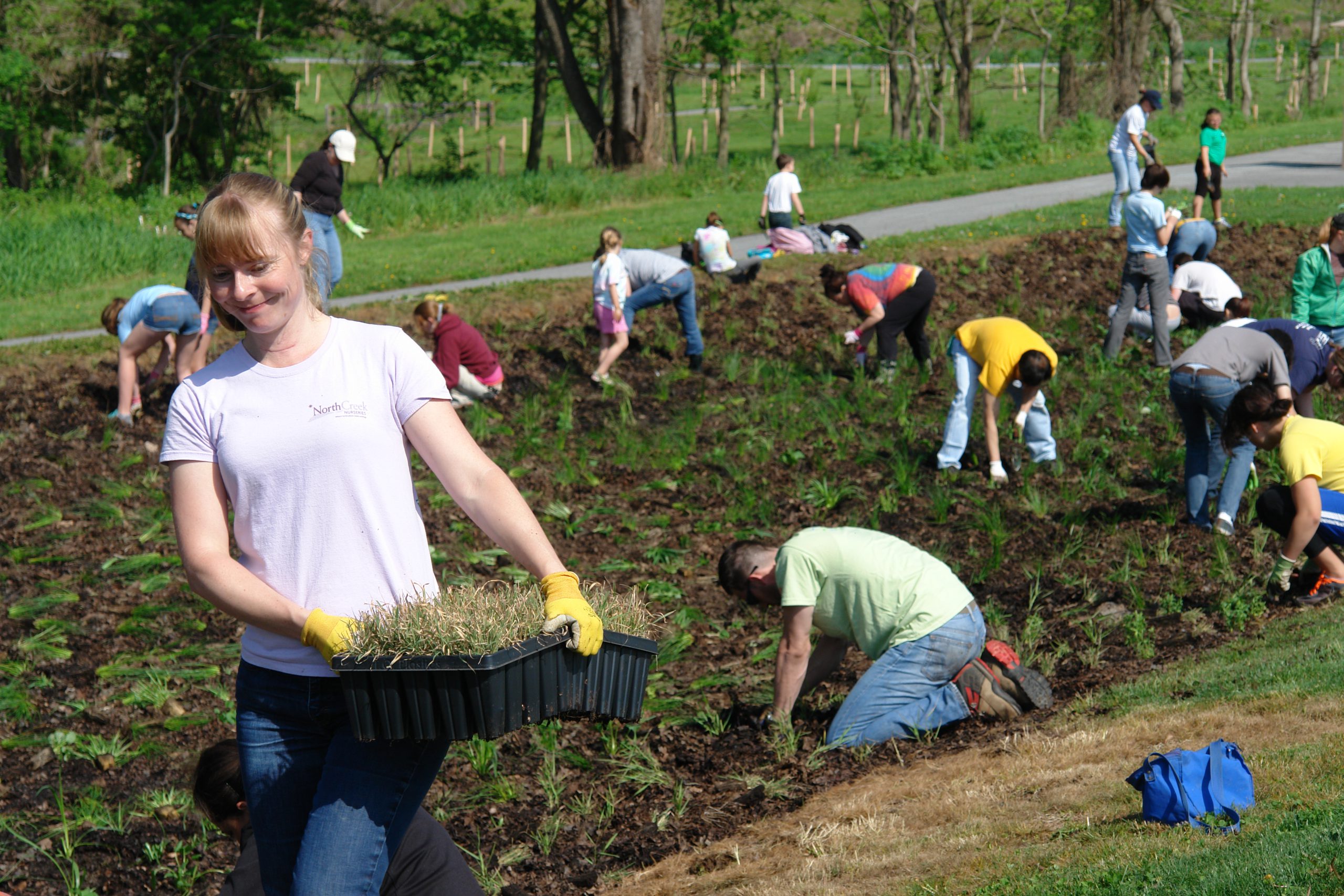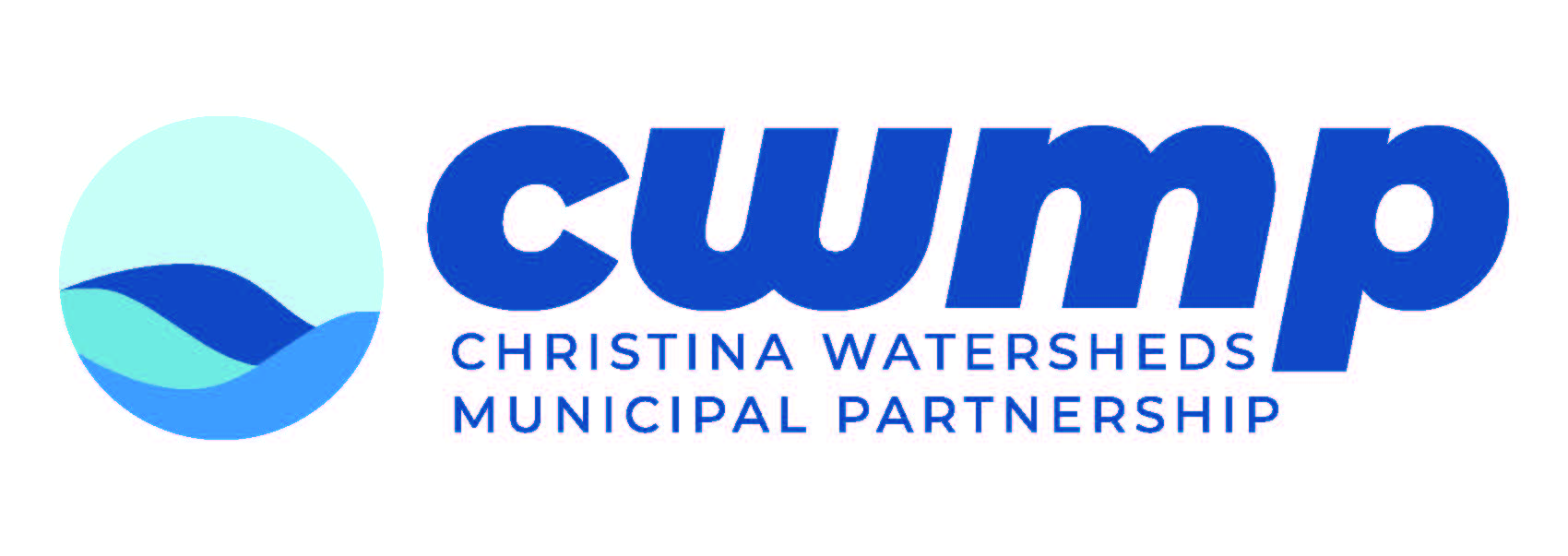Have you ever wondered how the streams in your municipality are regulated in respect to different types of pollutants (or impairments)? Have you considered how regulators decide how much of all the different pollutants out there are allowed to enter our local waterways? Have you ever considered what you could do to prevent pollution from your property from entering your local waterway?
The Clean Water Act (CWA) is the principal piece of federal legislation that governs water pollution. Its main objective, to make sure all of the nation’s waters are clean enough to support recreation and aquatic life. To meet this goal, the CWA created programs designed to regulate and reduce the amount of pollution entering waterways. One of these programs, Section 303(d), requires that states monitor their waterbodies and report those not meeting water quality standards. Once a waterbody is listed as impaired, the CWA requires the state to develop what are known as Total Maximum Daily Loads (TMDLs) for the pollutant(s) of concern. Your local municipality is then required to meet these pollution reduction goals.
More than half of the stream miles in Pennsylvania portion of the Brandywine Christina Basin are listed as impaired (PADEP 303 b Integrated Report, http://www.depgis.state.pa.us/2020_Integrated_Report/). The PADEP lists streams impairments for aquatic life, fish consumption, potable water sources, and recreation. The sources of these impairments are largely due to non-point stormwater runoff. Stormwater runoff is rain, running over the land, that picks up pollutants such as sediment (dirt), nutrients (fertilizers and waste), and bacteria and transports these pollutants into the creek. They are called non-point because it is difficult more difficult to regulate than point source pollution (pollution that is discharged from a single source, or pipe). The best way to keep non-point pollutants out of the water is to eliminate or reduce them at the source, or capture and treat them before they reach the creek.
A Total Maximum Daily Load (TMDL) calculates the maximum amount of a specific pollutant that a waterbody can receive and still meet water quality standards. Basically, it is a pollution permit, a permit that allows for a certain amount of pollution to enter the stream. For instance, if you were on a diet you would have a goal to reach a specific daily caloric intake in order to reach or maintain a healthy weight. Likewise, a municipality has a goal to meet specific pollutant load reductions to reach or maintain healthy water quality standards. So, if your municipality is allowed to put 200 pounds of nitrogen pollution into the creek, and they are currently putting in 400 pounds, they would need to reduce that by 50% to meet their TMDL goal. To reach these goals, they need everyone’s cooperation.
Setting pollution limits (TMDLs) is the first step towards improving water quality. Once pollution limits are established further efforts must be identified to reduce the pollutant loads (sources). Management through grants, partnerships, and voluntary actions by citizens are integral in the successful implementation of TMDLs (pollution diets). Local governments rely on the efforts of watershed residents, businesses, and agricultural operations with in their planning areas to help them meet their clean water requirements. Collectively, we can take smaller, more attainable steps to achieve a larger goal – clean water for all.

Simple steps anyone can take to help your community with its pollution diet.
- Keep litter off the streets so it doesn’t wash into storm drains and then into local creeks.
- Dispose of hazardous household wastes and prescription drugs at designated collection sites and not down the drain!
- Only apply fertilizers and pesticides sparingly and responsibly.
- Install a rain barrel or rain garden to capture and soak in stormwater.
- Scoop the poop, then trash it. Pet waste carries with it bacteria that is harmful to human health.
- Plant more native trees, especially along the creek instead of mowing up to the banks. Trees shade the water for aquatic life, hold stream banks together, and provide habitat.
- Create a wildlife garden using native plants. Native plants (especially trees!) tend to have deep roots that help infiltrate rain water as opposed to the shallow roots of a mowed lawn. They provide food and shelter for native animals and pollinators.
- Wash your vehicle at a car wash or on the grass and service your vehicle regularly to prevent oils and other fluids from leaking into storm drains.
- Pump your septic at least every three years to prevent bacterial contamination of both surface and ground water.
- Only drain pool water that has been tested as chlorine free over grass. Untested water should never be drained over grass or pumped to storm drains.
- Support your municipality in its efforts to curb pollution. It’s up to all of us to achieve clean water standards.
Article provided by Shane Morgan, Watershed Coordinator, White Clay Creek Wild and Scenic Program, White Clay Watershed Association.

CWMP credit requirement:
These articles are provided to CWMP member municipalities by CWMP Planning Team member and partners. Publishing and posting these articles is encouraged. These articles may be republished without further permission if published as written and if credit is given to the author and their organization as listed at the end of each article. If this article is to be used in any other manner or revised, permission from the author is required.
Downloadable Word Document: Is Your Local Waterway on a Pollution Diet?
